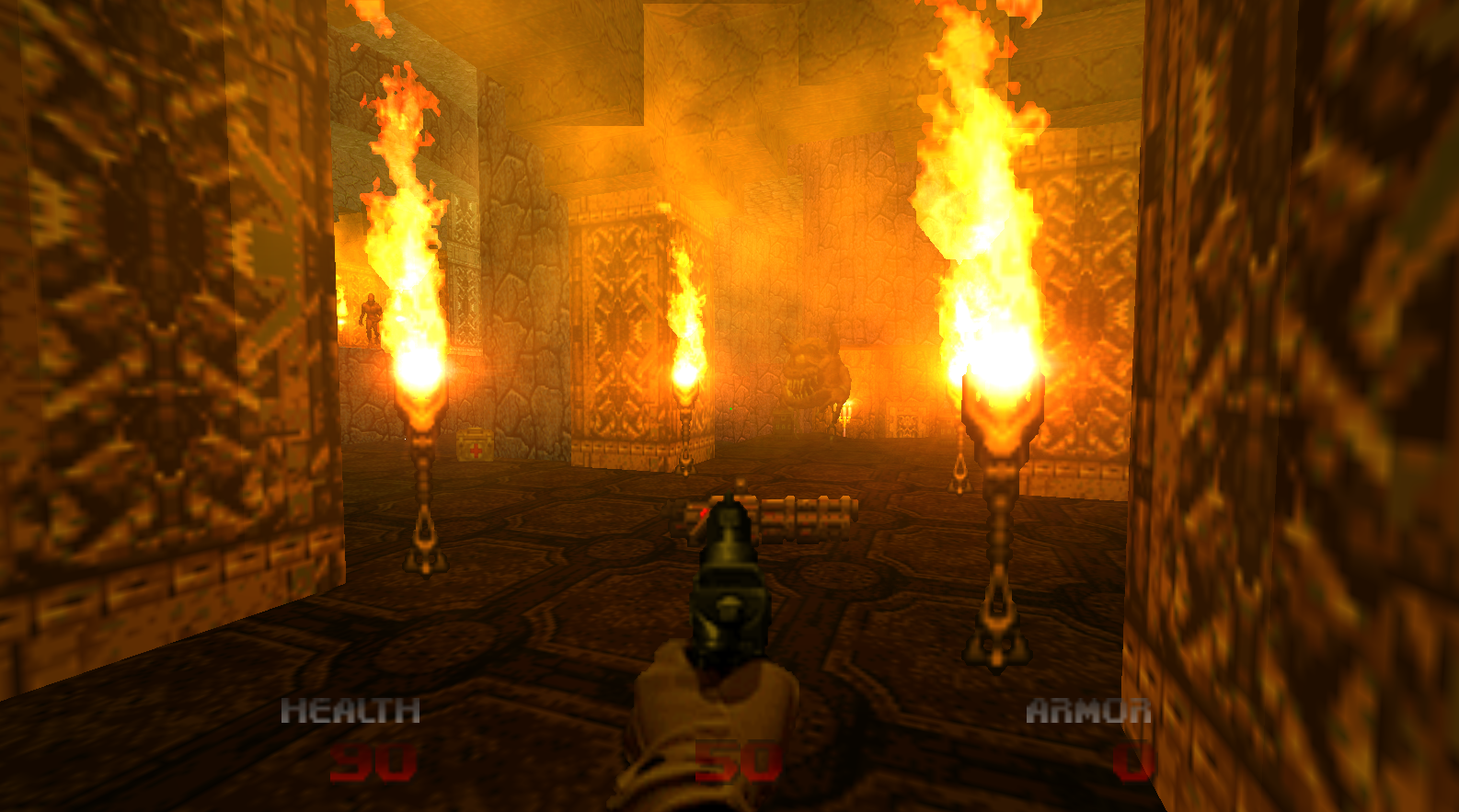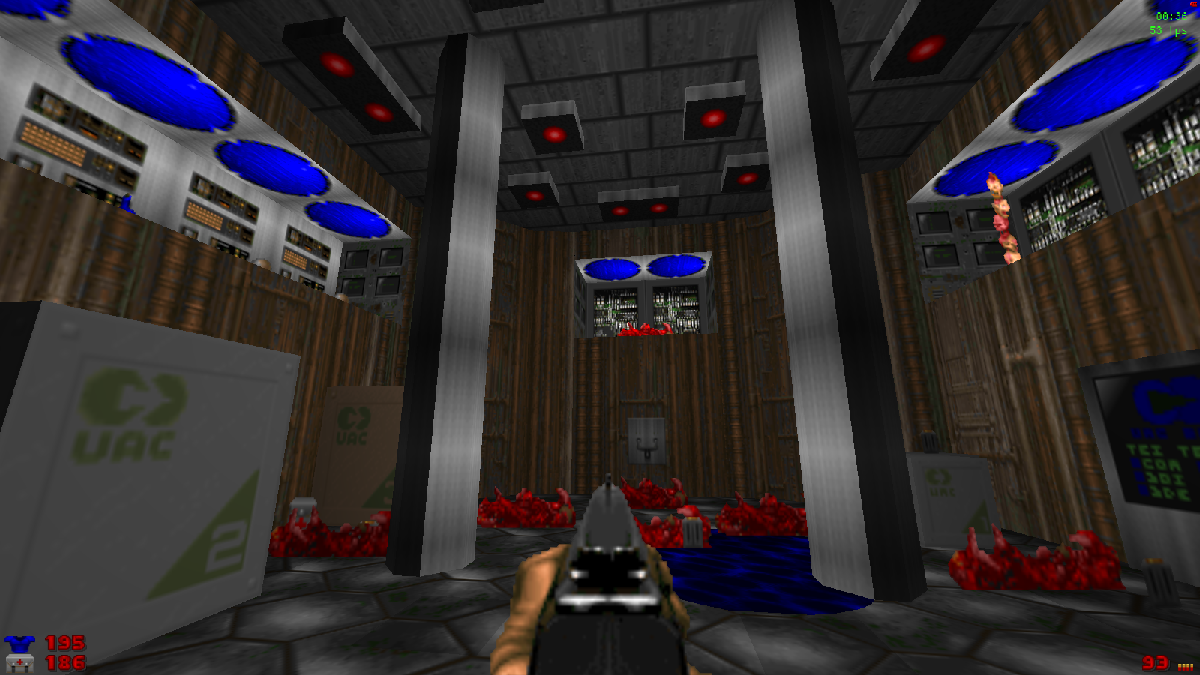

- #Doom 2016 for gzdoom mods#
- #Doom 2016 for gzdoom software#
- #Doom 2016 for gzdoom code#
- #Doom 2016 for gzdoom plus#

#Doom 2016 for gzdoom mods#
Rudimentary support for Doom Legacy (To run existing Legacy mods like Ni'mRoD - IXNAY on the HOMBRE).Starting with version 4.3.2, support for the WAD files from the Doom Classic Unity port was added. The current primary direction of development is ZScript, with several other things developed by contributors (for example, OpenGL renderer enhancements by dpJudas). After some time of having dual 1.9.x and 2.1.x releases, support for OpenGL 2.0 was reinstated with GZDoom 2.2.0 in 2016, but with fewer features than before in that legacy mode.īeginning in December 2016, following ZDoom's official halt in development, GZDoom's development is now detached from ZDoom and the port is the first-level upstream for other forks (namely QZDoom and Zandronum), without looking back at ZDoom. Upon release of 2.0 on August 2, 2014, OpenGL 2.x support was dropped, as the renderer was rewritten to use OpenGL 3.x and OpenGL 4.4, albeit in compatibility mode. In 2014, work on GZDoom's renderer resumed. Graf Zahl took down the website and all its subfolders, making GZDoom temporarily unavailable except from its mirrors. He stated his reasons as having no time to work on it, and that he was frustrated by numerous complaints about the port's lack of compatibility with ATI video cards. On April 14 2010, Graf Zahl announced on the Doomworld forums that development of GZDoom had halted. An official release of ZDoom was made on February 14, 2008, and version 1.1.0 of GZDoom was released shortly afterward incorporating the changes from that version.
#Doom 2016 for gzdoom code#
On January 19, 2008, development of the port was put on hold until another official release of ZDoom is made, due to highly extensive changes to the ZDoom renderer (which consequently require extensively changing the OpenGL rendering code for compatibility) coming more frequently than Graf Zahl could catch up.

The port was from then on tied to the ZDoom codebase. In 2005, Graf Zahl ported his renderer to the ZDoom Community Build, and this marked the first official release of GZDoom. GZDoom started as a new renderer for PrBoom, but this early version was never publicly released. This includes over a dozen Cacoward winners.
#Doom 2016 for gzdoom plus#
Many maps and mods, plus some total conversions and stand-alone games, have been exclusive to GZDoom.

In particular, the ZScript language unique to GZDoom, combined with ACS and DECORATE inherited from ZDoom, enables a high level of gameplay modding and special mapping features. GZDoom remains a popular port due to both its unprecedented modding capability and graphical optimizations for modern hardware. First released in 2005, it has versions for Windows, Linux, and MacOS. GZDoom is a fork of the ZDoom source port created by Christoph Oelckers (Graf Zahl), who still oversees its development. Previously Doom Source License, 3-point BSD, others.


 0 kommentar(er)
0 kommentar(er)
